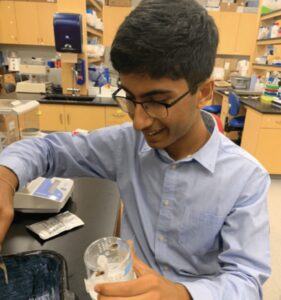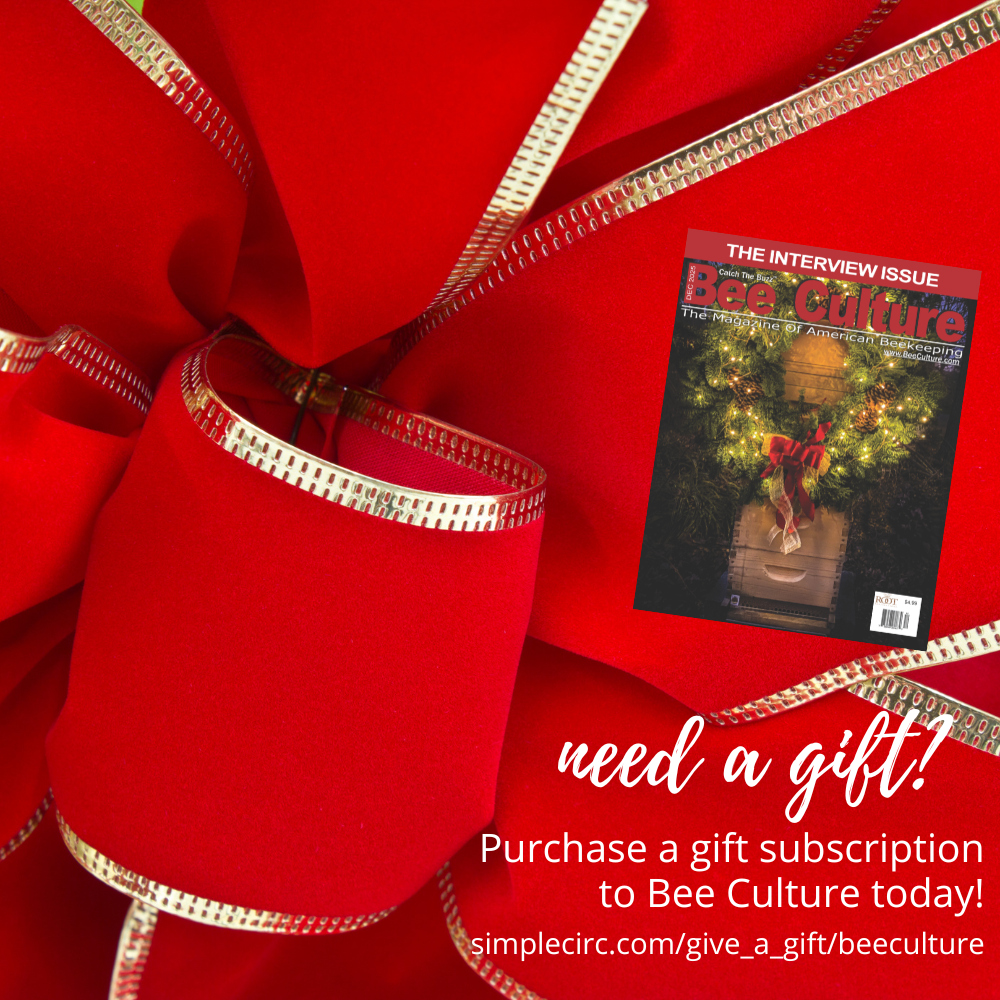 Varun Madan
Varun Madan
We have all heard the statistics. The number of managed commercial honey bee hives has been declining by approximately 50% in the United States since 1940. We are also familiar with how important these animals are to our economy, pollinating over $20 billion worth of crops a year. Knowing the tremendous risks involved with letting these vital pollinators decline, why haven’t we been able to find effective solutions to address these challenges within the last 80 years? This is the question that I strived to answer when I first started my research four years ago.
I found that previously, many scientists had focused their attention on containing just one external threat. This was not feasible, however because of the plethora of stressors threatening bees. I therefore looked for an effective solution that could improve overall immunity.
To do this, I created a probiotic mixture of various lactic acid bacteria to administer to the hives. I chose lactic acid bacteria because it is the only type found in both the human and bee gut. Though I have been stung a lot (42 times!), the early results proved to be very effective at the overall level, as the amount of honey, brood and bees were all significantly greater after treatment when compared to the control.
In recognition of my first year of research, I was named as one of the top 30 finalists in the Broadcom MASTERS, a national middle school STEM competition organized by the Society for Science, while also receiving a minor planet named after me. As the years have progressed, I tested my treatment’s effects at a laboratory cage-level against a parasite called Nosema ceranae. I even successfully compared the probiotic’s performance to an antifungal agent called Fumagillin, showing a statistically similar parasitical reduction while strengthening the gut microbiota (unlike its commercial counterpart).
Then the pandemic hit. Being trapped in my room for an extended period enabled me to thoroughly think through ways to improve my project. How could I commercialize my probiotic mixture? During this time of reflection, one problem stuck out to me in particular: farmers do not truly know how much of the treatment to administer to their hives. Instead, they used trial and error, an inefficient approach in addressing this problem. To combat these concerns, I have been developing a novel multiple linear regression model that can predict the optimal dosage of the probiotic treatment when given the initial Nosema concentration of the hive.

After training with carefully vetted data in three batches and testing the predictions against experimental test values, it was found that the model’s accuracy significantly improved over time for all six initial hive scenarios. To put the accuracy in perspective, the difference between my model’s predictions and experimental cage values for each hive scenario in the final batch of training data was statistically insignificant. Once this model is continued at an even larger scale, farmers might be able to determine the optimal dosage of the treatment moments after recording the hive’s initial Nosema counts.
In recognition of my work over the last four years, I was honored to win first place in the Animal Sciences category at the 2021 Regeneron International Science and Engineering Fair (ISEF), the world’s largest international science competition for high school students. Even though the event was virtual this year, I was still able to meet so many amazing fellow finalists with a similar passion for agricultural sustainability and science as a whole. Additionally, getting to hear from some of the most distinguished scientists from around the world at ISEF further inspired me to continue my research beyond high school. When used in conjunction with the predictive multiple linear regression model, I truly believe that my treatment can improve honeybee hive immunity and agricultural productivity throughout the world.










